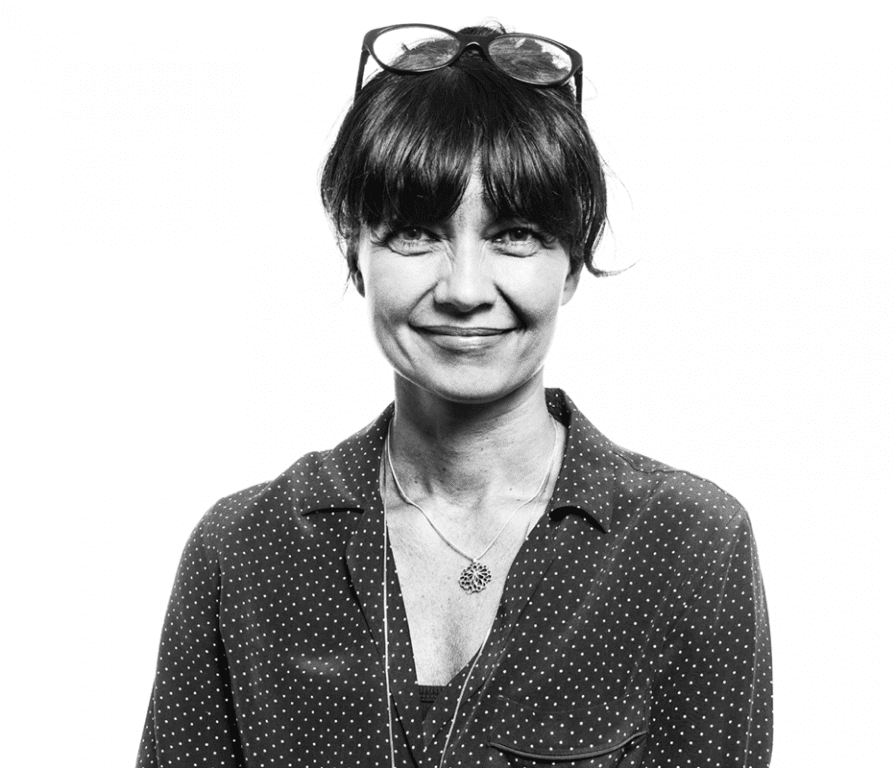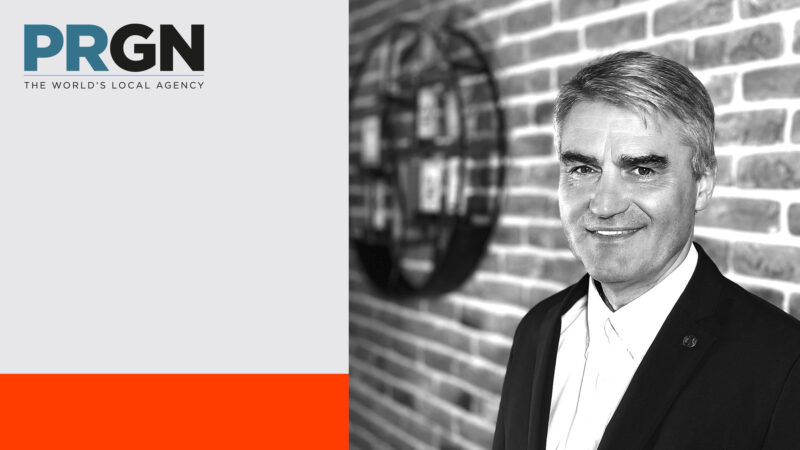Permission to change

When I was 16, I left for a 3-week language course in Menton, Southern France. I didn’t know anyone from the course, and there were no other Finns in the house. I realised I had an opportunity to change; no one knew me, so I could be anything.
I realized I could be any kind of Kirsi I wanted to be, and try to break away from the role I had assumed during my first 16 years. And I tried. I was no less myself, more like another dimension that had previously been scared to reveal itself due to existing expectations.
Later on, this experience has been an observation of crucial importance. People can change, a lot even, but it can be hard if those around them keep reminding them of “how they’ve always been” as a person, through their existence and their stagnant presumptions.
This experience and its value came back to me as I read Katy Milkman’s new book How to Change. Milkman has an intriguing way of writing about change from various points of view: how to change behaviour, reach targets that always manage to slip from one’s fingers, or how to transform into a person that one desires to be.
We all have our own inner “demons”, be it spending too much time on social media and Netflix or spending too little on sports or resting. How can someone change permanently?
Making change happen is always exciting, yet the most interesting part of the book might have been the role other people play in our transformation. The book provides an example where two personalities of a military academy, an exceptional achiever and an under-achiever, are put on the same team – a team in which the members interact together closely during the first years. The presumption was that the under-achievers would be motivated by team members to aim for better personal achievements.
This presumption was far off. The under-achievers formed their own inner circle and the exceptional achievers tended to hang by themselves. There was little to none interaction between them. The next test put average-level achievers together with the exceptional ones, which provided slightly more encouraging results. The average achievers found they had higher chances of becoming exceptional themselves, which motivated them to work more and eventually achieve higher results.
In any case, the Finnish proverb “you become the company you keep” is often accurate in many ways.
In firms and organisations, this is called culture. We aim to employ people that together form a culture that encourages exceptional achievements. Ambitious objectives are set and everyone strives for excellence. People spur each other forward. The end result is good.
This phenomenon can also have a different impact. We’re pigeonholed into personalities according to how our colleagues perceive us. In order to change, we often need to change jobs.
We’re pigeonholed into personalities according to how our colleagues perceive us.
If you enter a firm as an intern, is it possible you’re always seen as a youngster? You’re the eternal “hope for the future” even though you’ve been achieving top results for years. Does your role influence the opportunities you are given?
What if your place within the workplace is built around one mistake or failure? The role is going to be “the loser”. Or what if you are the one person who can hold all the strings at once, so you keep getting closer to burnout as people expect inhumane performances from you?
Are you the helper, the understanding one, the joker, the problem-solver, or the one who’s always asking for praise? Are you the target of an old joke? We all know the one joke that was made of us and it was fun in the moment, which quickly passed. Still, it keeps growing deeper roots within your colleagues. This shows the essence of how we are. Unchangeable.
Firms and corporations face immense change in an increasingly fastened space. Entire fields disappear, sustainability goals shape the core of business, and new startups breath in your neck. While startups may recruit people for specific needs according to their own business and the general market, established organisations face the challenge of changing each employee’s attitude, actions and habits. Otherwise the change never leaves the strategic document, and after a couple of years the entire project might be forgotten.
Established organisations face the challenge of changing each employee’s attitude, actions and habits.
Implementing changes and achieving strategic objectives in organisations depend on the members’ abilities to change. The most common reason for failing to execute a strategic change is that people continue to follow their old roles. Success is determined by how we manage to change our own attitudes and environments to become curious towards change.
Stanford Professor Carol Dweck’s research on growth mindsets is familiar to many. The growth mindset is one’s own belief in the human capacity to change. It is possible to become wiser if one gives it a chance, tries hard enough, and believes they can develop their intelligence. However, Dweck fails to include in her research how other people’s beliefs in someone’s ability to change might impact that person’s own beliefs – how roles tend to take permanent shapes, how they allow for little and slow change, and how one might be trapped by their existing role. The environment and atmosphere are often stronger than a person.
Philosopher Esa Saarinen describes beautifully how we form each other’s shared environments. Therefore, it’s essential to think about the kind of environment we create for others: do we perceive people without prejudice, expect them to constantly evolve and develop, prompt them to fill a bundle of stereotypes or, at best, allow them to remain the same? And if you think you’re not the judging type, reflect on it: when was the last time you said someone “always” does this or “always” says that? The word “never” also belongs in this category.
When was the last time you said someone “always” does this or “always” says that?
Organisations may often need external help in shaking these roles and expectations.
So, did I permanently change into a different Kirsi at Menton? No. But I did manage to release another version of myself in another environment. I also gained this understanding that people have many personalities, and that one should not remain captured by a specific role, which is still relevant today. Life is too short for us to play the role of someone else. This can be called a growth mindset. I try to remember this when it comes to others too, even though my husband always leaves his socks on the floor…
Ps. Katy Milkman, unlike many others, praises new year’s resolutions. Change is not a one time thing, it requires many steps both back and forth. A new year’s resolution is often the first step towards a change – even if you don’t achieve it the first time (read: I stopped going to the gym in February), it plants the seed for change. So go on, make those promises!



